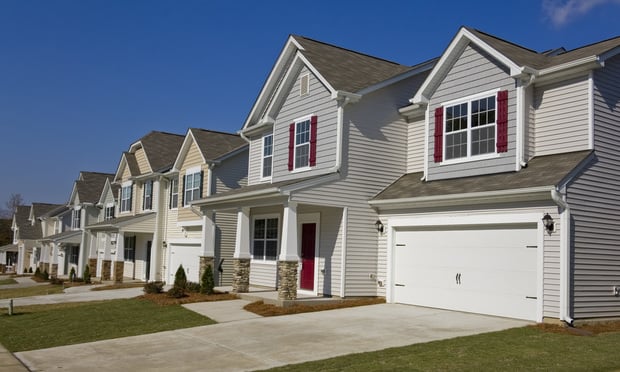I got caught in the inevitable traffic congestion coming back into the city from the airport in morning rush hour last week. I say inevitable because the roads are always congested and rush hour has become almost every hour of the day and week possibly except for early on Saturday and Sunday mornings, at least in New York. Simply wherever you go in big city urban America and environs traffic has a tightening stranglehold, eating into time, creating costly inefficiency, and increasing the stress levels in already stressful lives.
To distract myself on this stop-and-go yellow cab ride, I started counting “T” cars, T for private Lyft and Uber cars. For a while it seemed like every other car. Then you add in all the traditional yellow cabs. The streets are congested, congested with taxis. Meanwhile, we read about the meltdown of yellow cab medallion values, impoverished cabbies, and cabby suicides. Uber and Lyft drivers protest against meager earnings and absent benefits. The companies' IPOs, to put it mildly, have been less than stellar. And what have they wrought—so far unprofitable businesses, too many taxis clogging roads, and drivers unable to make a decent living in a survival of the fittest race to the bottom. And their long-term strategy is to operate driverless vehicles—so much for the drivers.
Recommended For You
Want to continue reading?
Become a Free ALM Digital Reader.
Once you are an ALM Digital Member, you’ll receive:
- Breaking commercial real estate news and analysis, on-site and via our newsletters and custom alerts
- Educational webcasts, white papers, and ebooks from industry thought leaders
- Critical coverage of the property casualty insurance and financial advisory markets on our other ALM sites, PropertyCasualty360 and ThinkAdvisor
Already have an account? Sign In Now
*May exclude premium content© 2025 ALM Global, LLC, All Rights Reserved. Request academic re-use from www.copyright.com. All other uses, submit a request to [email protected]. For more information visit Asset & Logo Licensing.









